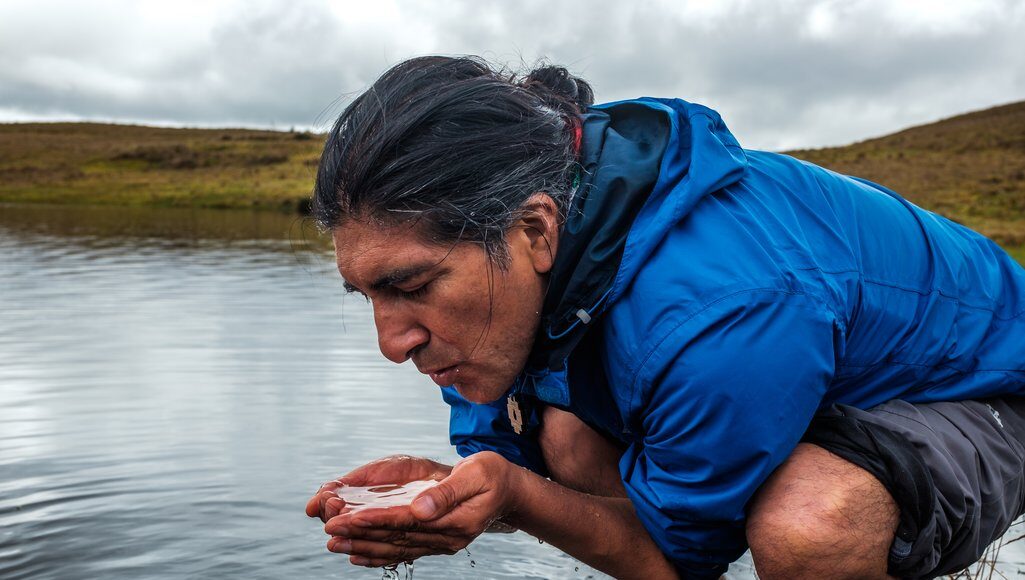This article about Yaku Pérez’s fight against gold miners in Ecuador was originally published on opaendemocracy.net and is reproduced under a Creative Commons Attribution-NonCommercial 4.0 International licence. You can see the original here.
As our van climbs the winding road that leads to the Kimsakocha Andean lagoons in Cuenca, in the southern Ecuadorian province of Azuay, the vegetation changes. The pine trees are becoming scarcer, the graminoids proliferate and the mist takes over the landscape.
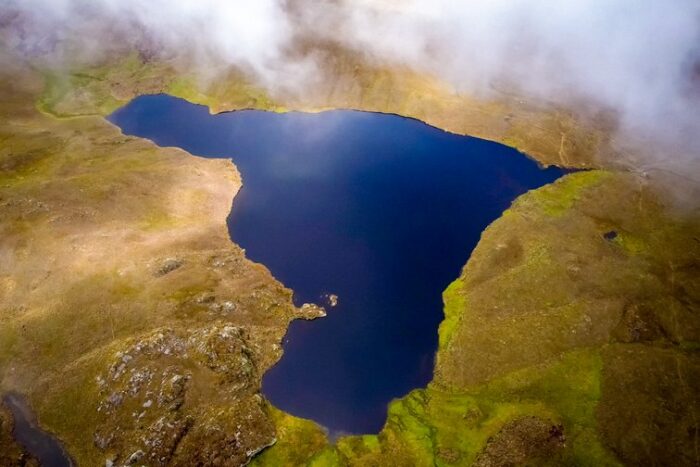
At the wheel is Yaku Sacha Pérez Guartambel, a well-known lawyer, politician, and environmental leader from Cuenca who has been fighting for decades to protect water and preserve these places from extractivism. Yaku, as he is known, has been imprisoned several times for his activism against mining and gained notoriety as an Indigenous candidate for the presidency in the 2021 elections, only narrowly losing to now-president Guillermo Lasso in the first round.
At the exit of a bend, as if a predator in wait for a prey to pass, the palisade of a ‘mining dissemination centre’ appears like an apparition: it belongs to Dundee Precious Metals (DPM), the Canadian company that took over the Loma Larga project from another Canadian company INV Metals in July 2021. The project, according to the DPM press release, has the potential to ‘produce an annual average of approximately 200,000 ounces of gold in its first five years’. Its production life is ‘estimated at approximately 170,000 ounces of gold per year at an attractive all-in sustaining cost’. In addition to gold, a report by consulting firm AX Legal on mining in Ecuador in 2023 shows DPM expects the Loma Larga project to produce 794,561 ounces of silver and 5.1 million pounds (Mlb) of copper annually, over an estimated mine life of 12 years.
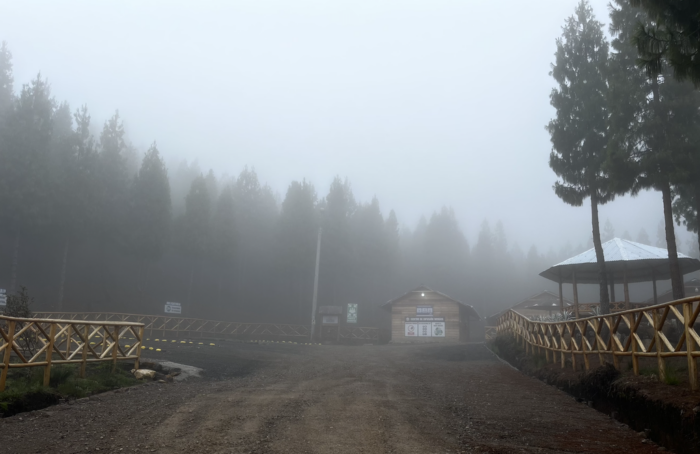
Ecuador, located in the northern foothills of the Andes Mountains and known for its wealth of highly coveted metals (gold, silver, and copper), is considered a virgin territory in terms of mining exploration, with only 10% of the country explored. But with conservative Lasso (a former banker) as president, expectations are high for the metal mining sector. It had been expected to generate up to US$4 billion in annual exports by 2025, when Lasso’s term was meant to end – but that’s no longer the case.
Ecuador’s difficult socio-economic situation, a rising crime rate and possible impeachment over corruption caused Lasso to dissolve the assembly early through a constitutional mechanism known as the ‘death cross’. Elections will take place on 20 August. This unexpected turn of events has caused frustration in the mining industry, as it could disrupt up to four major operations that had been planned.
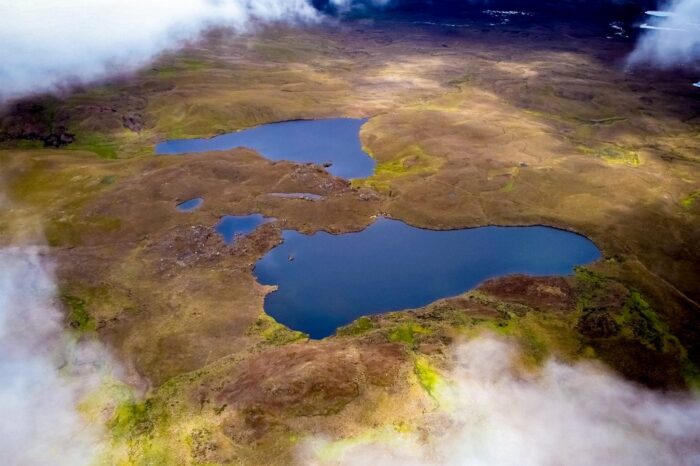
Communities are also fiercely opposing the mining because of the threat of water pollution. A 2019 report handed to judges of the Constitutional Court of Ecuador by the US foundation Defend Them All detailed the significant damage the exploitation of Loma Larga would have on the wetlands ecosystem, saying it was ‘virtually guaranteed to contaminate surface and groundwater’ and that ‘the complicated hydrology of the moorlands means that this contamination will spread unpredictably’.
The campaigning from locals has already had some success. A 2021 referendum saw 80 per cent of the population vote to ban metal mining near water sources, and a court ruling last year also banned mining in the region, with a judge ruling that DPM had not properly consulted the community. DPM downplayed both rulings, and regarding the latter has asked if it can gain permission to repeat the consultation while continuing with the project.
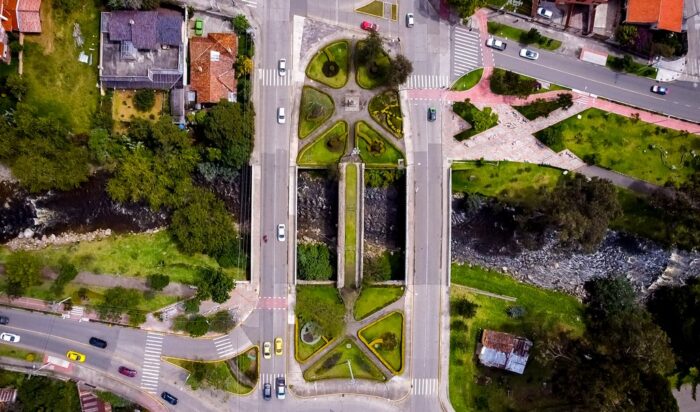
Against this backdrop, DPM has created a series of socio-environmental initiatives aimed at mitigating the impacts and constructed a narrative that plays down the environmental effects on local communities. It states its core purpose is the ‘development of resources to generate value and thus prosper together’.
Mining projects elsewhere in Ecuador are also facing major challenges, including illegal mining, referendums, such as the one planned to ban metallic mining in the Andean Chocó bio-region, or the consultation for the protection of the Yasuní National Park biosphere reserve from oil extraction projects, which will coincide with the elections on 20 August. (see also: Who Will Save the Yasuní?)
The mining company invests heavily in public communication to counter tenacious local opposition
On the banks of the Tarqui River Lizardo Shawi, president of Tarqui Community Water Systems, tells openDemocracy: ‘We defend this water, which comes from the Kimsakocha moorlands. We have resisted the onslaught of the government, especially the Correa government, which imprisoned Dr Yaku Pérez and our comrade Federico Guzmán, accused of terrorism for defending water. And that’s when people became aware and joined the struggle.’
Shawi says some people are in favour of mining, unaware ‘they are going to turn all this green into desert in a few years’.
‘With their small handouts, the mining company is dividing the communities, and the families. But we are not going to take a step back,’ he adds.
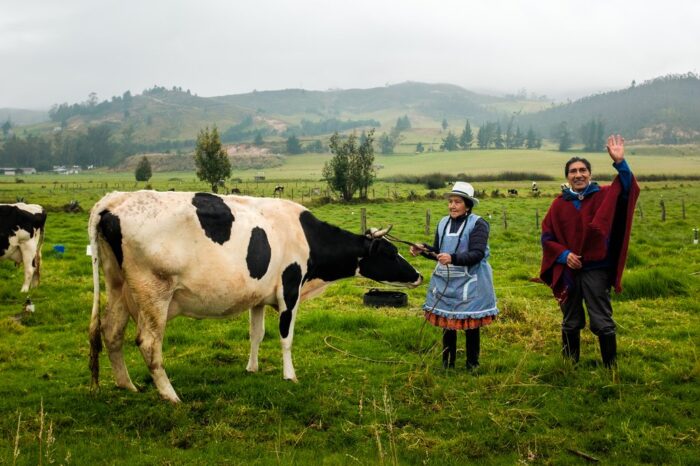
During the press conference following the 2022 injunction ruling, Yaku described the various legal battles to stop the mining companies as ‘a David versus Goliath situation’, and explained how eight government and corporate actors joined forces, including the Ministry of Environment and Dundee Precious Metals, to ‘fight the communities in court’.
When we reach the Kimsakocha moorlands, at 3,800 metres above sea level, and get out of the truck to enter the virgin landscape, we feel the lack of oxygen. But Yaku remains agile and quick in his gestures as he describes, with characteristic slow intensity, the material and spiritual treasure that this place represents, which, as an Indigenous Kichwa, he considers sacred, and which he has dedicated a good part of his adult life to defending.
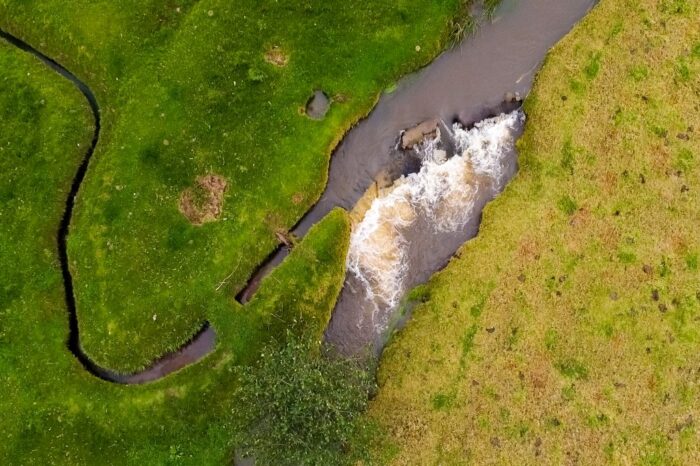
Beyond this spiritual value, the geological and biological value of the Andean moorlands, one of the most unique ecosystems on the planet, is indisputable. It is a unique combination of natural typologies such as tropical latitude, intense rainfall, persistent fogs, strong prevailing winds, extreme exposure to ultraviolet rays, and an altitude above the tree line but below the snow line, which create a unique ecosystem that Yaku and his movement believe must be preserved at all costs.
‘This is the source of the waters that nourish the Amazon,’ he says. ‘Everything is interconnected.’
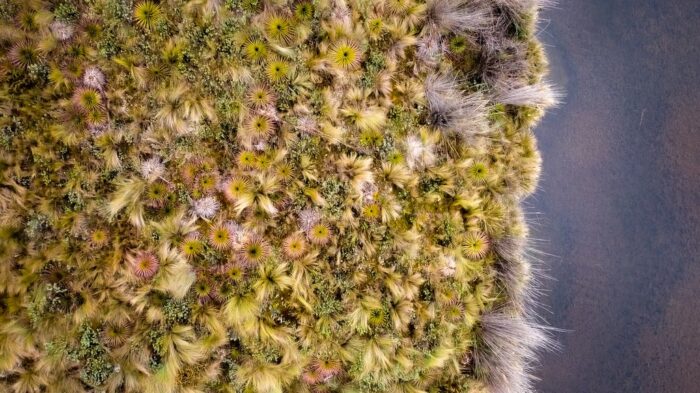
Yaku’s intimate communion with nature, common among Indigenous peoples, is evident in his attitude towards the pristine immensity of the moor, and is expressed in all its depth when he caresses the vegetation, lets a caterpillar cross his hand, or touches the water with ceremonial reverence.
‘My father,’ Yaku tells openDemocracy, ‘introduced me to Kimsakocha one day, because he was a muleteer, and he used to walk here. And in 1998 the sad news came out that the miners had come. We found an amphibian here with gringos who were doing advanced exploration. And there my father said to me: look, my son, here is the water, and below is the gold. The pachamamita put us to the test of our intelligence: Which do you prefer, the gold or the water? And then came the reflection: water is worth so much that it is priceless.’
Some 25 years after that transcendental conversation, Yaku still has the same answer: ‘Water is worth more than gold’. The phrase has become one of the main slogans of the defenders of this ecosystem.
After the visit, as we board our truck and start the descent into the valley, we discover a white Dundee Precious Metals pickup parked strategically on the side of the road. ‘There they are, crouched down, watching us,’ says Yaku, as he accelerates out of the bend. ‘Aha! These Canadians don’t like us going up to visit our Kimsakocha.’
Weeks after our fieldwork in Azuay, Yaku, faced with the anticipated call for elections, ran for the presidency of the republic for the second time as the candidate of the Indigenous movement. Only in the unlikely, though not impossible, circumstance that Yaku becomes president will the three Kimsakocha lagoons finally be left in peace.
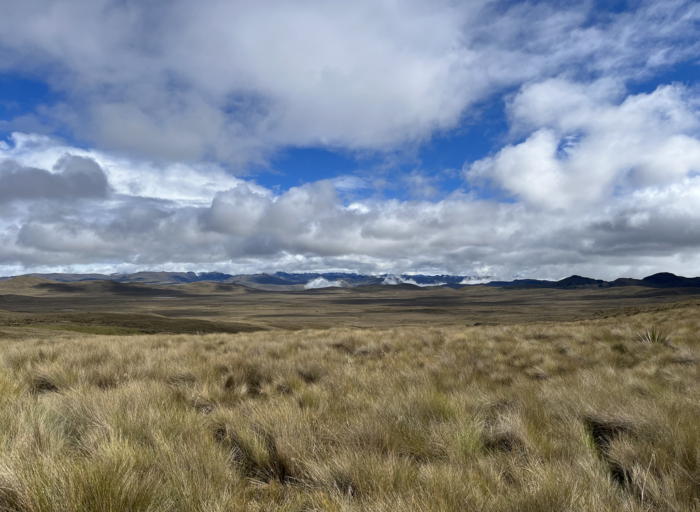
Main image: During a dialogue ritual with water, Yaku Pérez drinks from one of the lagoons of Kimsakocha Photo: Andrés Bernal Sánchez
See also Linda Etchart’s recent article for LAB on Parque Yasuní: https://lab.org.uk/who-will-save-yasuni/

